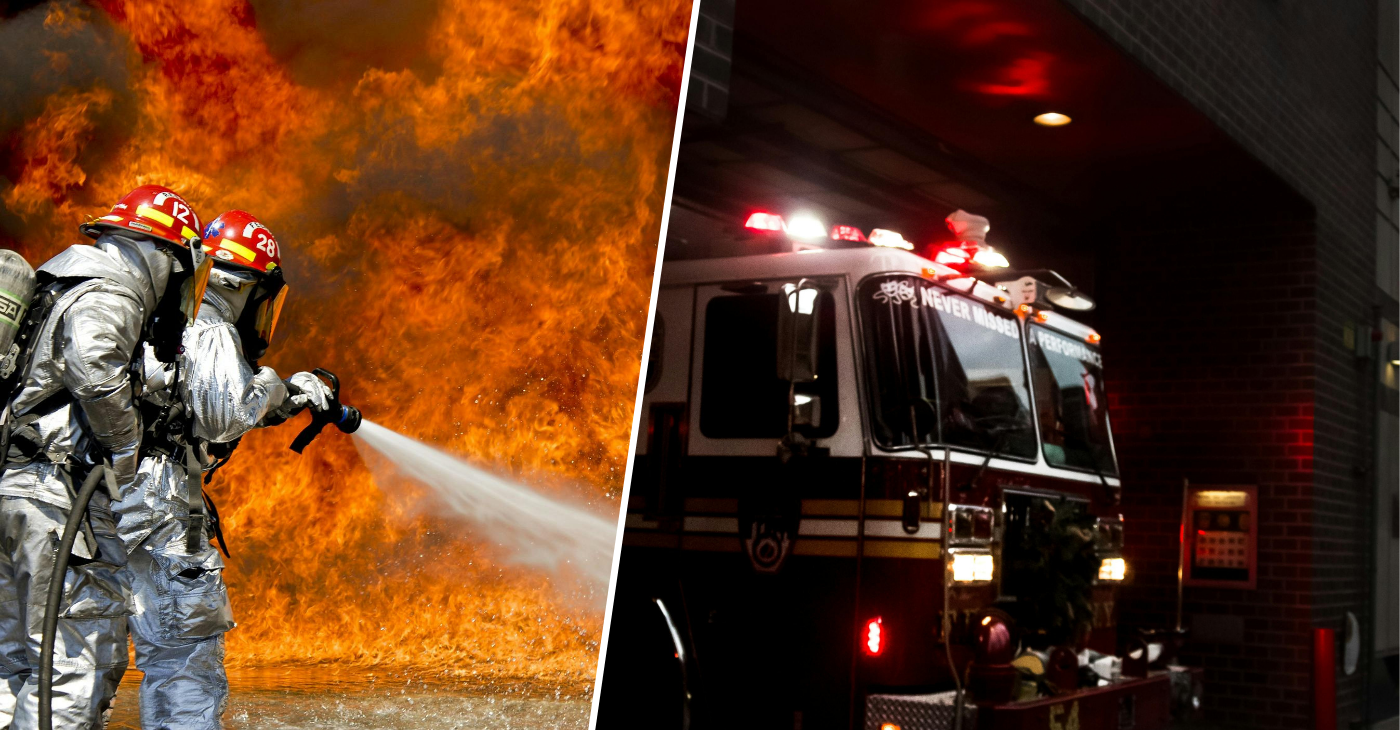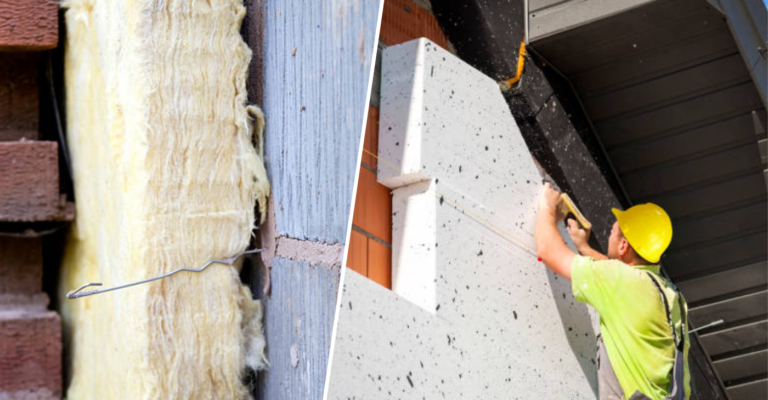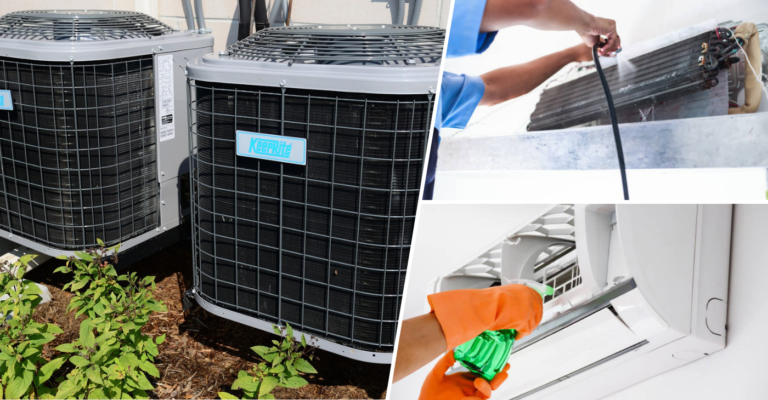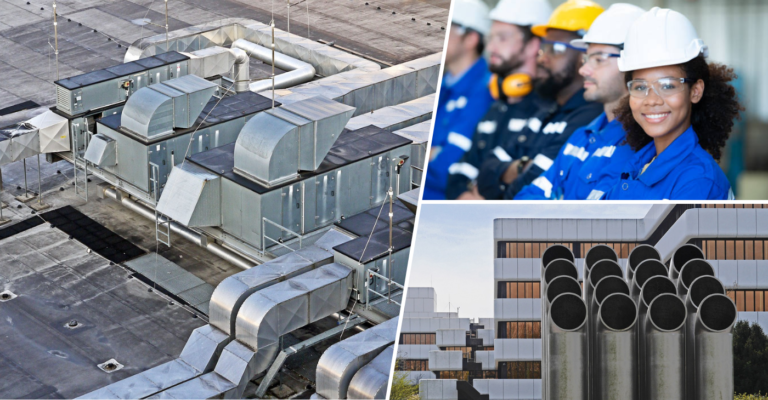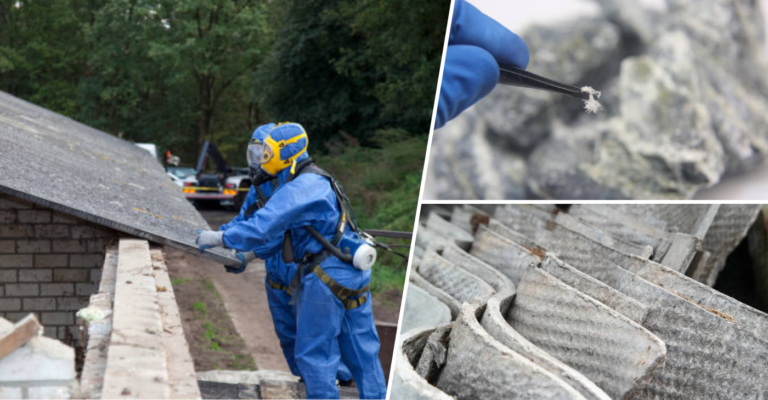How much does it cost to build a fire station?
Understanding the financial impact of building a fire station
Building a fire station is a significant investment that requires careful planning and budgeting. The costs involved can vary widely based on several factors, including the size and design of the station, the materials used, and the location of the project. On average, the cost to build a one-story fire station with basic features ranges between $942,522 and $1,038,890 for a 6,000 square foot building. This estimate includes construction costs, materials, labor, and other associated expenses.
Understanding the detailed cost components is crucial for municipalities and fire departments to ensure they allocate sufficient resources for this essential infrastructure. Factors such as site preparation, architectural and engineering fees, permits, and specialized equipment must be considered. This comprehensive guide will break down these costs and provide insights into the elements that influence the overall budget for building a fire station.
Cost influencing factors
-
Location
The cost of building a fire station can vary significantly based on its geographic location. Differences in labor rates, availability of materials, and local building codes all influence the overall expense. Urban areas often have higher costs due to expensive land prices and stricter regulations, while rural areas may offer cost savings but come with logistical challenges.
-
Market conditions
Fluctuations in the construction market, such as material shortages or increased demand for labor, can significantly impact costs. Economic conditions, including inflation rates, also play a crucial role. During periods of economic growth, costs may rise due to higher demand for construction services, while economic downturns might provide opportunities for cost savings.
-
Project scope and scale
The scope and scale of the project directly affect the cost. Larger projects with more complex requirements naturally incur higher expenses. However, employing modular construction techniques or phased building approaches can offer cost savings and flexibility. These methods allow for parts of the project to be completed in stages, spreading out the costs and reducing the initial financial burden.
Detailed cost breakdown for building a fire station
-
Construction costs
The primary expense in building a fire station lies in the actual construction, encompassing several critical elements. The foundation, which may vary based on soil conditions, forms the base of the structure. The main structure includes walls, roofs, and other structural components, with material choices such as concrete, steel, or prefabricated elements significantly influencing costs. Exterior finishes, including brick, stucco, or metal siding, and interior finishes, like flooring, wall treatments, and ceilings, also add to the overall expenses. Labor conditions, such as union vs. non-union labor, can further impact the total construction cost.
-
Architectural and engineering fees
Professional services from architects and engineers are essential for designing a functional and aesthetically pleasing fire station. These fees typically constitute about 8% of the total construction cost. Architects ensure the design meets all necessary requirements, while engineers handle the structural, mechanical, electrical, and plumbing systems. This collaboration ensures the building is safe, efficient, and complies with all relevant standards.
-
Permits and inspections
Securing the necessary permits and undergoing inspections is a crucial step in the construction process. Local building permits, environmental permits, and utility connection fees must be obtained to ensure compliance with safety and building codes. Regular inspections throughout the construction phase ensure that the project adheres to approved plans and regulations, avoiding costly delays and modifications.
-
Equipment and furnishings
A fire station requires specialized equipment to function effectively. This includes firefighting gear, vehicles such as fire trucks and ambulances, and advanced communication systems for coordinating emergency responses. Additionally, administrative areas need standard office furniture and equipment, such as desks, chairs, computers, and filing systems, to support daily operations.
-
Utilities and infrastructure
Installing essential utilities is critical for the operational functionality of the fire station. This includes water supply, sewer systems, electrical wiring, and HVAC (Heating, Ventilation, and Air Conditioning) systems. Reliable emergency power systems, such as generators, are vital to ensure continuous operation during power outages. Proper integration of these utilities is necessary to maintain a safe and efficient working environment for firefighters and administrative staff.
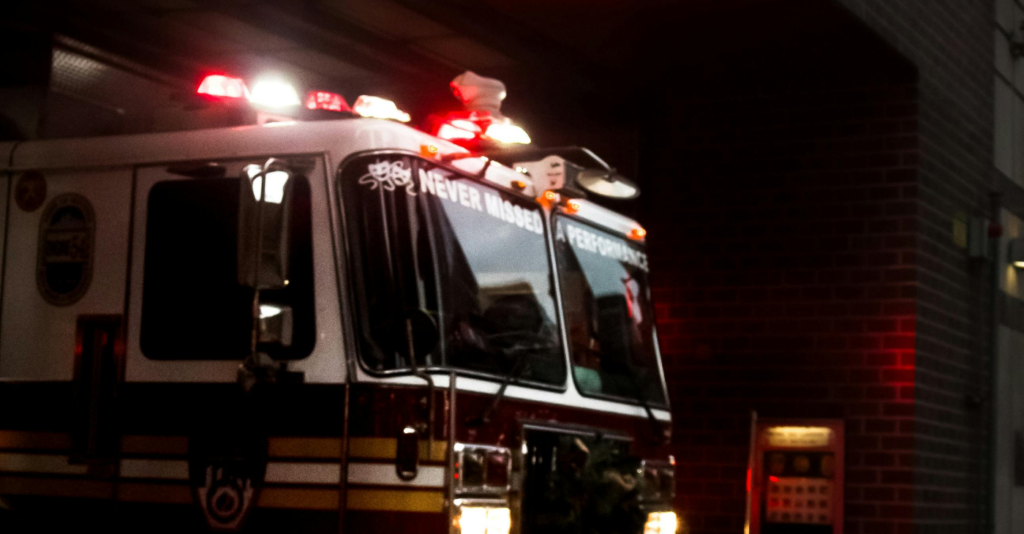
Customization/upgrades
Customization and upgrades of fire stations involve tailoring components like motor housing, gearbox design, and hydraulic systems to specific operational needs, and incorporating energy-efficient systems and advanced communication technology for improved functionality and sustainability.
-
Customization options
Customization of fire station components is crucial to meet specific operational needs. This process includes selecting the appropriate motor housing, which involves choosing the right materials, size, and shape to fit the specific requirements of the station’s vehicles and equipment. Gearbox design can be optimized by adjusting gear ratios and tooth profiles to achieve the desired torque and speed characteristics, ensuring efficient performance under various conditions.
Integration of the hydraulic system is another vital aspect of customization. Customizing the motor’s hydraulic interface to match the station’s machinery ensures seamless operation and improves overall efficiency. Additionally, the selection of seals and bearings is critical for extending the motor’s lifespan and ensuring reliable performance under extreme operating conditions. Efficient cooling systems are designed to prevent overheating, maintaining optimal motor performance and durability in demanding environments.
-
Green building options
Incorporating green building options into the construction of a fire station can lead to significant long-term benefits, both financially and environmentally. Although these options may increase upfront costs, the savings accrued over time make them worthwhile. Energy-efficient systems such as solar panels, advanced insulation, and energy-efficient HVAC systems reduce the station’s operational costs by decreasing energy consumption.
Using sustainable materials, like recycled steel and low-VOC (volatile organic compounds) paints, also contributes to a healthier indoor environment and reduces the environmental impact. Water-saving fixtures and systems, such as low-flow toilets and rainwater harvesting systems, further enhance the station’s sustainability. These green building practices not only lower utility bills but also support environmental conservation efforts, making the fire station a model of eco-friendly construction.
-
Technology integration
Modern fire stations require advanced communication and monitoring systems to operate efficiently and respond quickly to emergencies. This technology integration, although requiring a substantial investment, is essential for maintaining a high level of readiness and coordination. State-of-the-art communication systems, including digital radios and integrated dispatch systems, enhance real-time communication between firefighters and command centers.
Monitoring systems such as surveillance cameras, access control systems, and building automation systems improve security and operational efficiency. These systems enable remote monitoring of the station’s critical functions, such as HVAC, lighting, and security, ensuring they are always functioning optimally. Furthermore, integrating training simulators and virtual reality tools can enhance the training and preparedness of firefighters, providing them with realistic scenarios and hands-on experience in a controlled environment.
Operational considerations
Operational considerations for fire stations include the incorporation of training facilities and living quarters, which are essential for effective firefighter readiness and continuous operation.
-
Training facilities
Fire stations must include dedicated spaces for training exercises and classrooms. These facilities, while adding to initial construction costs, are crucial for effective and continuous firefighter training. Training areas allow for practical drills and theoretical learning, ensuring that firefighters are well-prepared for various emergency scenarios. The inclusion of modern simulators and training equipment can further enhance the realism and effectiveness of training programs, making them indispensable for maintaining a high level of readiness and skill among firefighters.
-
Living quarters
Fire stations equipped with living quarters require additional space and amenities to support firefighters during their shifts. These facilities typically include dormitories for resting, fully equipped kitchens for meal preparation, and recreational areas for relaxation. Living quarters are essential for stations operating on a 24/7 basis, as they provide firefighters with a comfortable and functional living environment. These amenities ensure that firefighters are well-rested and ready to respond to emergencies at any time, enhancing their overall effectiveness and well-being.

Cost control strategies
-
Value engineering
Value engineering identifies cost-saving alternatives without compromising quality. It includes evaluating materials, construction methods, and design elements to find efficient, cost-effective options.
-
Prefabricated components
Prefabricated components expedite construction and reduce costs by minimizing labor and construction time, enhancing quality control, and reducing errors and waste.
-
Energy efficiency
Energy-efficient features like high-performance insulation, efficient windows, LED lighting, and advanced HVAC systems reduce long-term operating costs, despite higher initial costs, and may qualify for tax incentives.
-
Local sourcing
Using local materials and labor reduces transportation costs and lead times, supports the local economy, and improves construction efficiency and quality.
-
Funding options
Exploring grants, loans, and public-private partnerships can manage financial burdens, with grants offering substantial funding without repayment and loans providing favorable terms.
Additional considerations for the high cost fire stations
Economic conditions, such as inflation and market fluctuations, can significantly impact construction costs, requiring contingency funds and strategic purchasing. Additionally, compliance with local building codes and incorporating green building practices can increase initial expenses but lead to long-term savings and enhanced sustainability.
-
Inflation and market fluctuations
Economic conditions affect construction costs. Including contingency funds and staying informed about market trends helps mitigate price increases.
-
Local building codes and regulations
Compliance with local codes ensures safety and sustainability but may increase costs. Close coordination with architects and authorities is essential.
-
Sustainability initiatives
Green building practices increase initial costs but lead to long-term savings, improved public relations, and eligibility for green certifications.
-
Future maintenance and operating costs
Choosing durable materials and efficient systems reduces future repair costs. Flexible design allows for easier upgrades, ensuring long-term cost-effectiveness.
Summary – Unlocking the costs of building a fire station
Building a fire station is a significant investment that requires careful planning and budgeting. The cost to construct a one-story fire station with basic features typically ranges between $942,522 and $1,038,890 for a 6,000 square foot building. Various factors influence these costs, including location, market conditions, and project scope. Detailed planning, value engineering, and considering energy-efficient and sustainable options can help manage expenses effectively. Ensuring compliance with local codes and factoring in future maintenance costs are also crucial for long-term operational success and cost-effectiveness.

